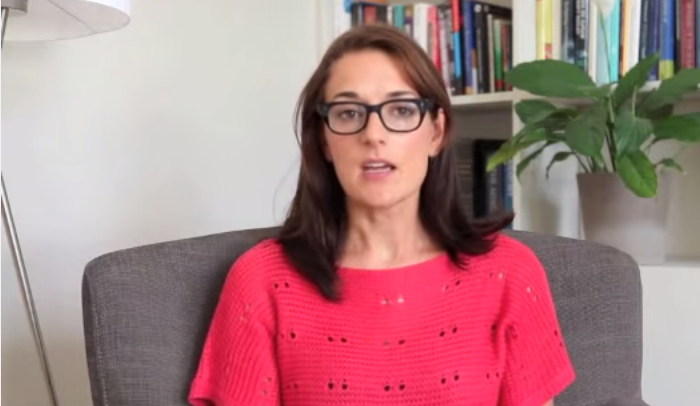

Kids with OCD deal with repeated thoughts, worries, or mental pictures that upset or scare them. OCD and PTSD are two common mental health conditions that can cause children to have intrusive thoughts. In these cases, a child may be dealing with a mental health problem that needs attention. What Mental Health Problems Cause Intrusive Thoughts?Ĭhildren who are struggling with repeated, ongoing intrusive thoughts can’t brush them off so easily. A child with occasional intrusive thoughts can usually brush them off without taking them too seriously. They can be totally normal, like the brain version of a hiccup. Having an intrusive thought every once in a while isn’t a sign of mental illness. They may happen when a person is going through a lot of stress, or they may just happen randomly. The answer may surprise you! Many people experience intrusive thoughts, and it doesn’t necessarily mean something is wrong. Now that we have spent the past several paragraphs talking about how difficult and upsetting intrusive thoughts can be, you’re probably wondering why kids get them in the first place.

For example, they may ask for reassurance about the same subject again and again.

Because they don’t have the vocabulary to talk about what’s going on, you might see changes in their actions, instead. They are old enough to think about their own thinking and notice their thoughts as they pass by, so they know that something doesn’t feel right.Īlthough they may not talk about it as much, younger kids can be bothered by these thoughts, too. In my child therapy office, it’s usually middle or high school kids who are able to put the weird experience of having unwanted thoughts into words. Intrusive thoughts are sometimes a symptom of OCD, which can show up as early as age 7 or 8 and as late as the teens or early twenties. However, they may be more common or noticeable in tweens and teens. There is no set age at which intrusive thoughts start. At What Age Do Kids Get Intrusive Thoughts? Because the thoughts feel out of control, children may dread having more and try to avoid them. They may not understand why the thoughts are happening, but can guess that not everyone is bothered by their thinking in this way. Kids with intrusive thoughts may feel distressed, anxious, or ashamed. They aren’t things that kids would choose to think about, and they’re often the opposite of what a child would do or hope for. Other times, worries about worst-case scenarios might come up again and again. Intrusive thoughts include imagery that is violent, sexual, or feels “wrong” to a child. This is therapy jargon that means a person doesn’t agree with the thoughts, and it may not even feel like the thoughts really belong to them. Intrusive thoughts tend to:įeel unlike the thoughts a child usually has Intrusive thoughts are the brain equivalent of an unwanted guest. We’d probably dread having it happen again, and try everything we could to make sure our house was secure in the future. What a scary scenario! It’s safe to assume that most of us would be pretty freaked out to discover an intruder in our home. What do you think of? Someone who busts down the door, unannounced, without being invited. So why do they keep happening? In this post, we’ll be talking about what exactly intrusive thoughts are, why they happen, and when to seek help. Kids don’t want to be thinking these things, and know they would never act on the thoughts they’re having. These kinds of worries are called intrusive thoughts. They can be dark, violent, or about a taboo subject.
:max_bytes(150000):strip_icc()/what-are-the-different-types-of-ocd-2510663_color3-5b3f8fda46e0fb00370d01bf.png)
Often, these thoughts are really scary and upsetting. Their worries may be repetitive and feel very difficult to control. A troubling thought or mental image might pop up out of nowhere, when a child isn’t expecting it. They also tend to be time-limited: once the test or first day of school is over, the worries are over, too.įor some kids, worries aren’t so easy to talk about. Usually, these worries are easy for kids to talk about, because they know other kids have felt the same way. It’s normal (and even healthy!) to wonder about fitting in before the first day of school, or to imagine the worst-case scenario before taking a big test.


 0 kommentar(er)
0 kommentar(er)
